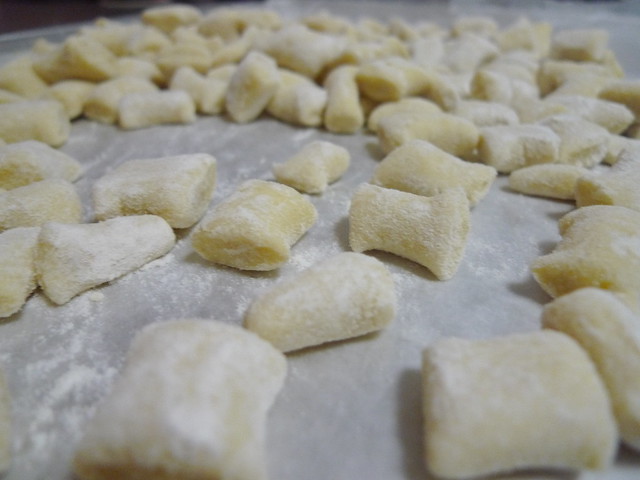469 Sixth Avenue between 11th and 12th Streets
212/675.4295
$100 for two with tip, with one cocktail
wheelchair patron may wheel in, but bathrooms are downstairs
♥ ♥
The last time I was on Sixth Avenue above 8th Street, I was at Jefferson Market buying blood sausages after a stranger tipped me about the store at Whole Foods. He saw how frustrated i was when I had to explain to the guy what blood sausages were. At Jefferson, sure enough, I found what I was looking for and noted that they also carried sweetbreads. (That’s another story.)
To me, Sixth Avenue between 8th and 14th is pretty much the dead part of the West Village; there’s nothing past the nice Filipino guys behind the counter at Gray’s Papaya unless you’re buying Co.Bigelow handwash or your morcilla for Sunday breakfast. I think Harold Dieterle’s Kin Shop will change that.
I was excited to eat at the Top Chef’s second restaurant in the city because of my experience at his first, Perilla. I had a very good meal there because of the straightforward cooking and I wanted to see what he could do with one of my favorite cuisines, a type that New York city overflows with but doesn’t excel at. (I’m sorry, but techno music and fake modern furniture do not make a good Thai restaurant–I’m looking at you Sea and all of you at Hell’s Kitchen.)
Jennifer and I followed our server’s suggestion that we share a few dishes family-style. We usually share plates anyway but I like that this was how it should be at Kin. We started with the pork and oyster salad, a beautiful mix of textures. The pork was crispy while the fried oyster gave softly inside the breading. The celery was crisp and added a fresh contrast. I’ve never been to Thailand, sadly, but to me this dish represents the flavor profile I truly love about southeast Asian food: mint, lime and chiles.
The soup with pork meatballs and bok choy was hard to resist. The broth had legs but was subtle, and the meatballs well-seasoned and bursted with flavor–just what I needed to warm up even more after the ALN cocktail with Thai pickle brine.
We were warned that the duck laab salad was really spicy, but we still ordered it. I believe there were preserved Chinese long beans in there, one of my favorite Sichuan pickles to make at home. Toasted rice added to the crunch while the Romaine lettuce mimicked Korean and Vietnamese dishes. They’re not kidding when they tell you some of their dishes are hot. The Thai chiles kicked in right on the tip of our tongues which made us take advantage of the buttery roti and fragrant Jasmine rice. It woke our senses up and also filled us up that we didn’t have room to try the crab noodles that came next. The next night though, I peeled the plastic cover back and ate it for dinner with a squeeze of fresh lemon juice to keep the saltiness at bay that seemed to have settled overnight. This reminded me of the Filipino pancit, only with hardly any vegetables and more seafood flavor.
The service was unobtrusive though we had to wait for a while to get our check. Our server acknowledged that she forgot to offer us the desserts, but we didn’t mind: we wheeled ourselves out of the restaurant.
Related post/s:
Harold Dieterle’s first effort was pretty good
Wondee Siam I has really excellent Thai food





